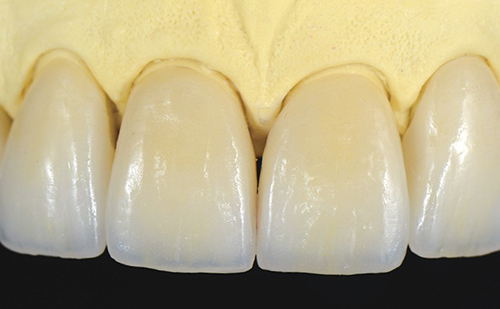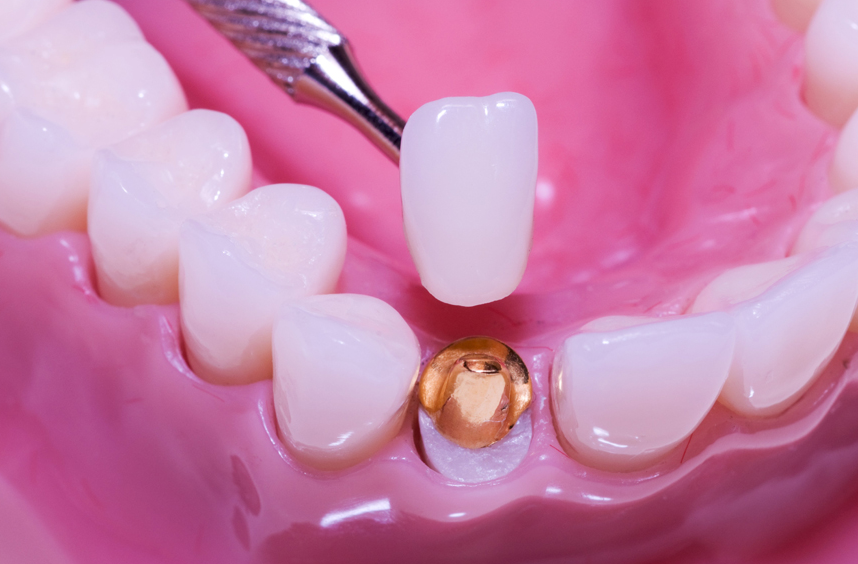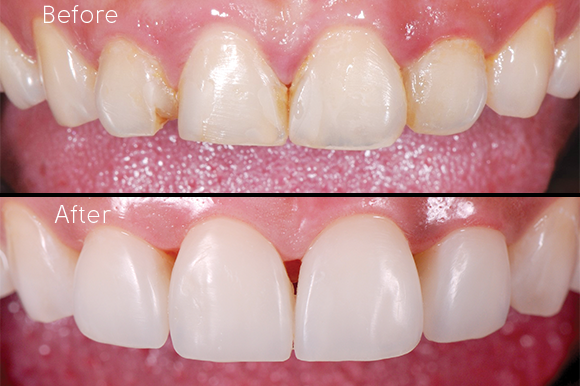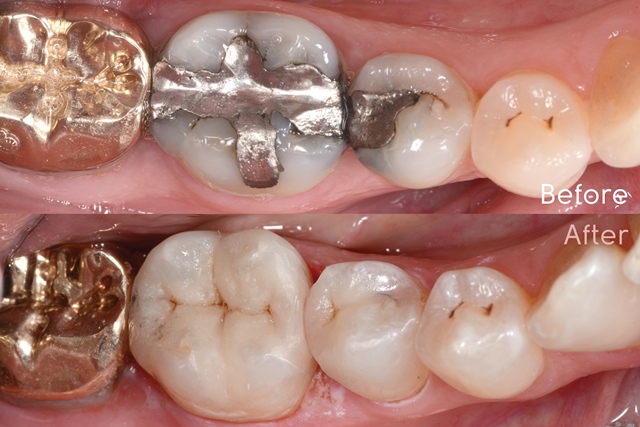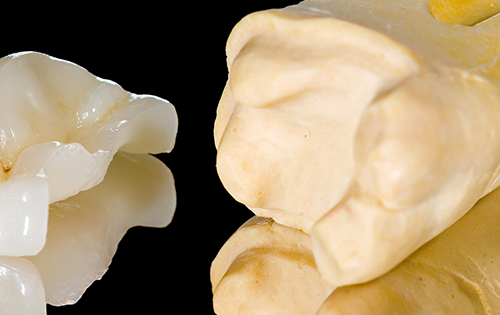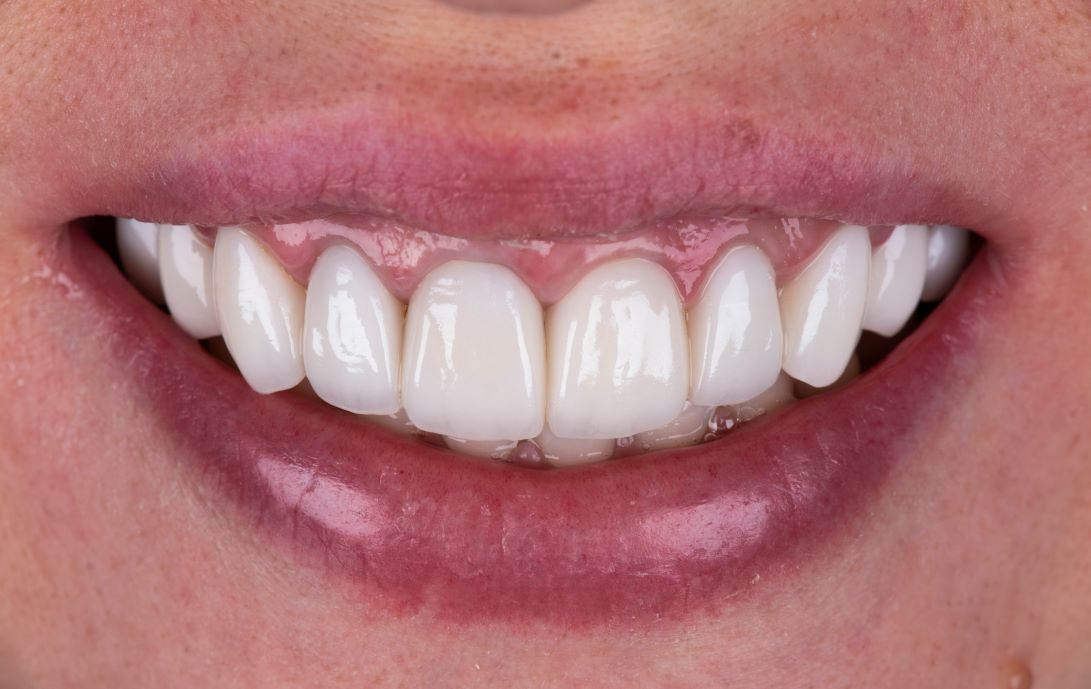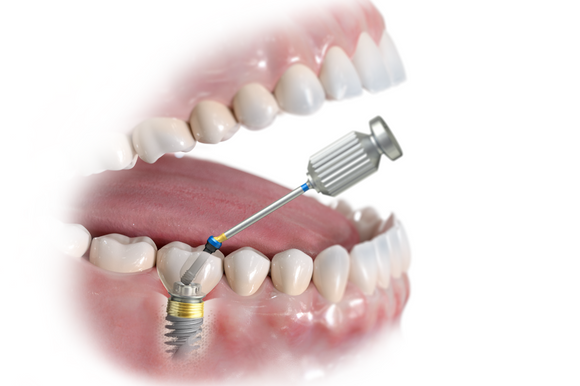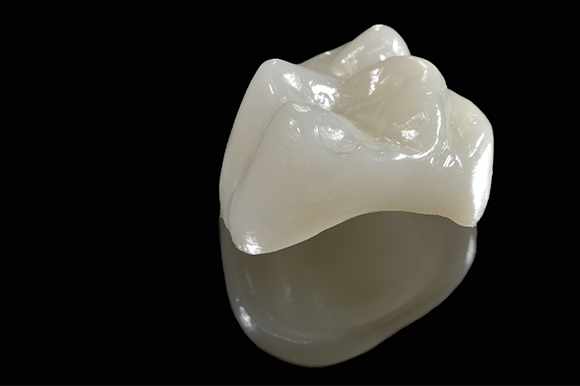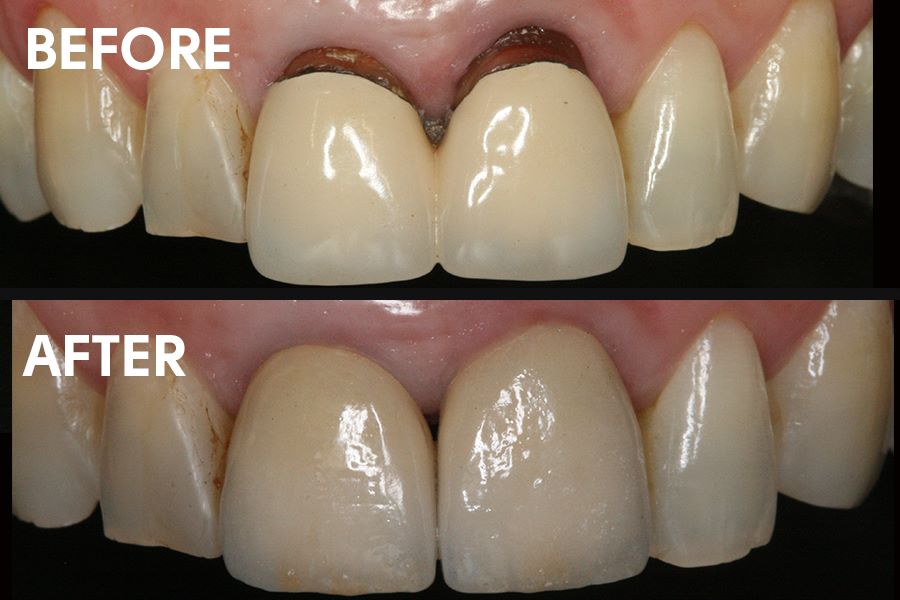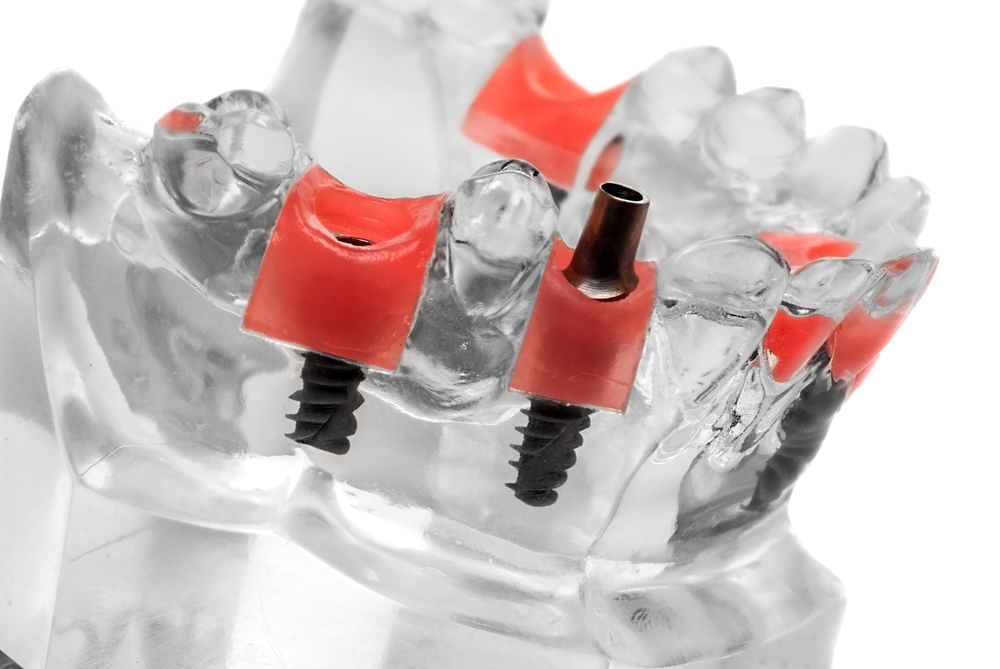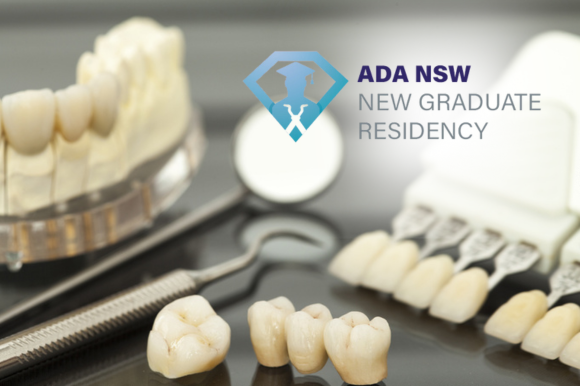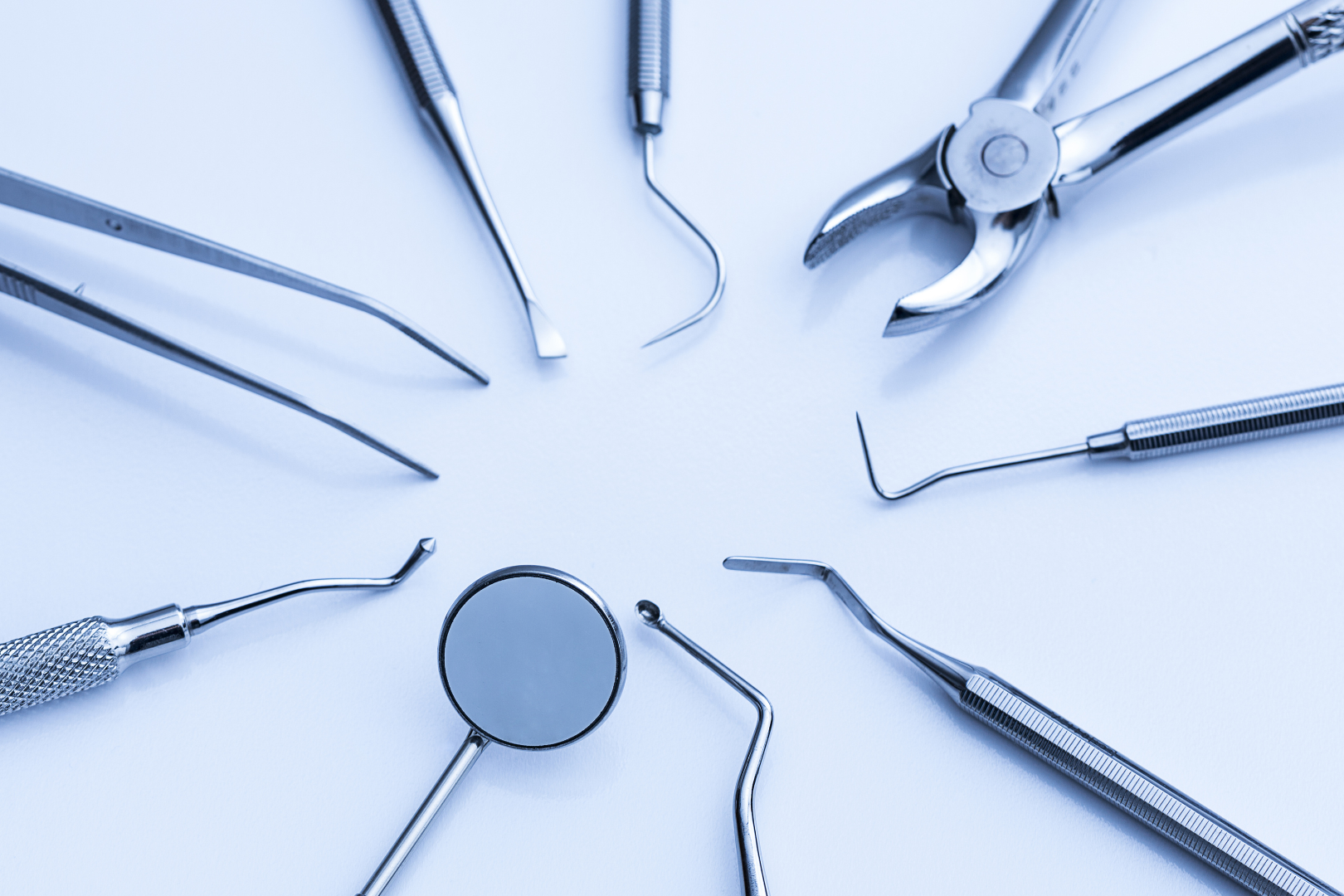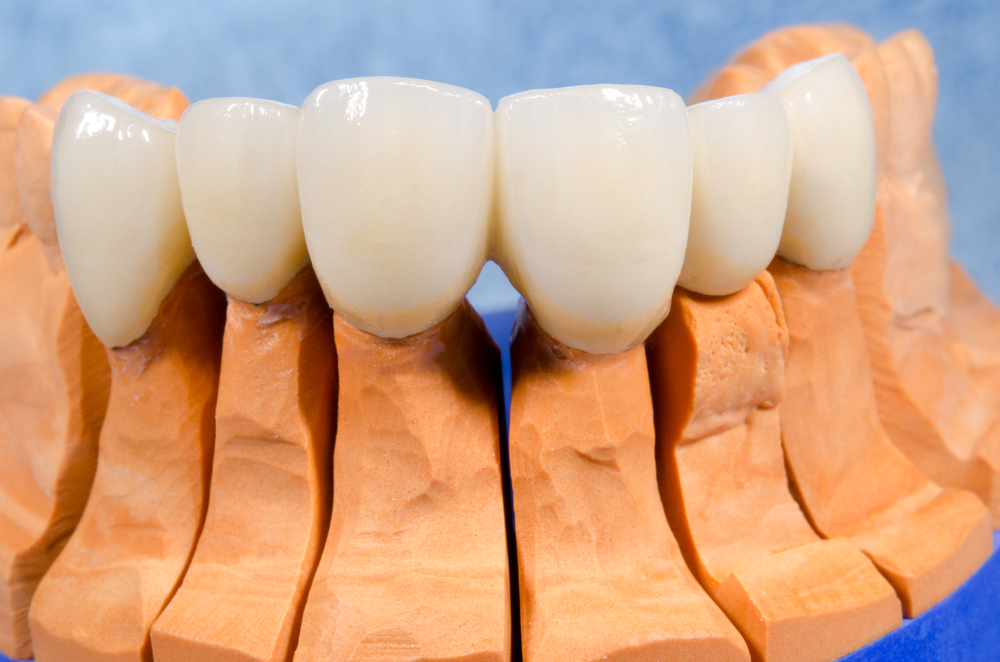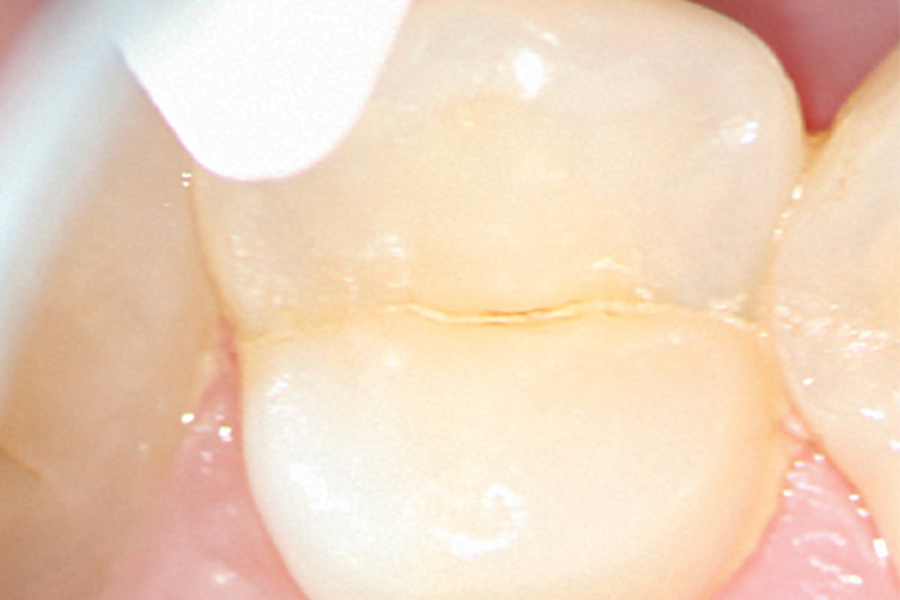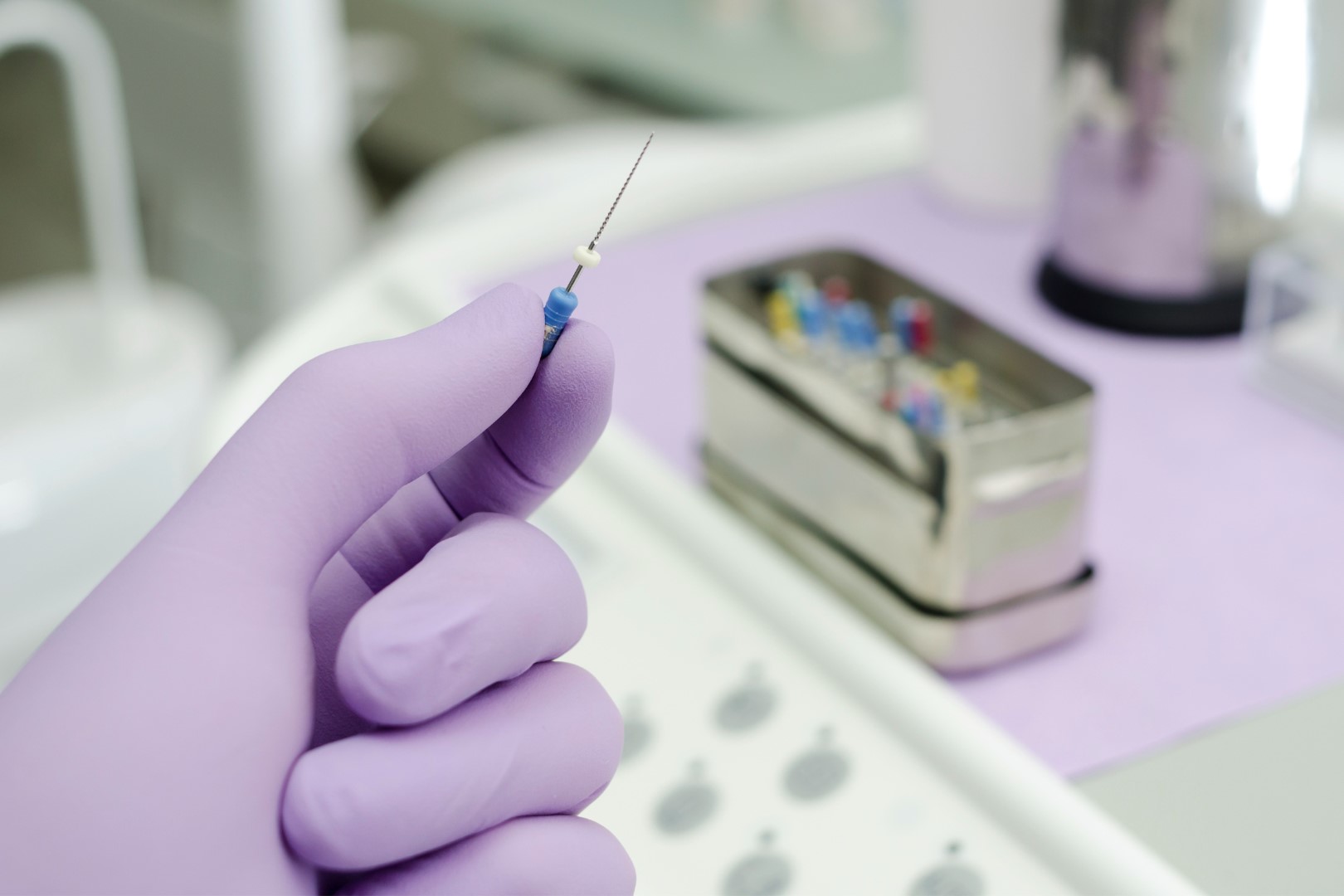The interface between dentist and technician
Optimal results for indirect restorations require consideration of biological, mechanical and aesthetic principles and an understanding of the stages involved in their construction. If you don’t have effective communication with your dental technician regarding the essential details of the restoration then it will not be possible to accomplish what is needed for the patient. In order to achieve the best results for your patients’ cases an open line of communication with your dental laboratory is of the utmost importance.
In order to avoid misunderstandings, instructions must be clear and unambiguous, and both the dentist and technician must recognise and respect the perspectives of the other. There are several factors and errors which may occur during prosthesis construction which can affect the precision of the cast and prosthesis fit. A willingness to work together to solve problems is important in the relationship with your dental technician. Without seamless collaboration, you cannot produce cost-effective and impressive restorations in a timely manner. This course will include constant input from an experienced restorative dentist and technician to hear both sides of the phone call.
Learning Objectives
- Understand correct diagnosis and treatment plan options for both tooth and implant supported restorations
- Be familiar with the stages involved in the construction of an indirect restoration
- Understand the material options available for each type of prosthesis
- Transfer vital information to the lab, not just an impression
- Engage in detailed discussion of passive impression taking, both analogue and digital impressions
- Understand what a lab does once they get the impression and why it matters
- Know how to achieve a passively fitting bridge
- Assess a bridge when it comes back from the lab so you can detect a non-passively fitting bridge
- Understand what to do if your bridge doesn’t fit (problem-solving)
